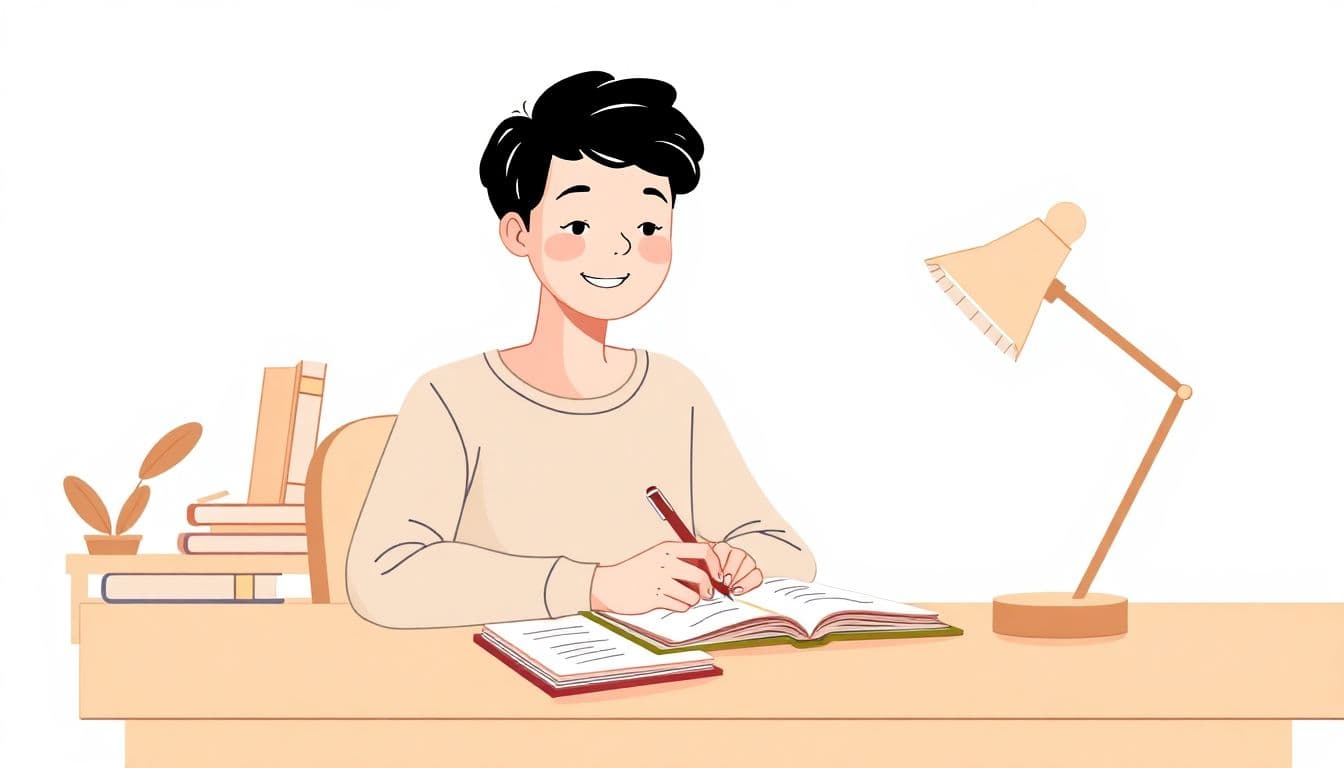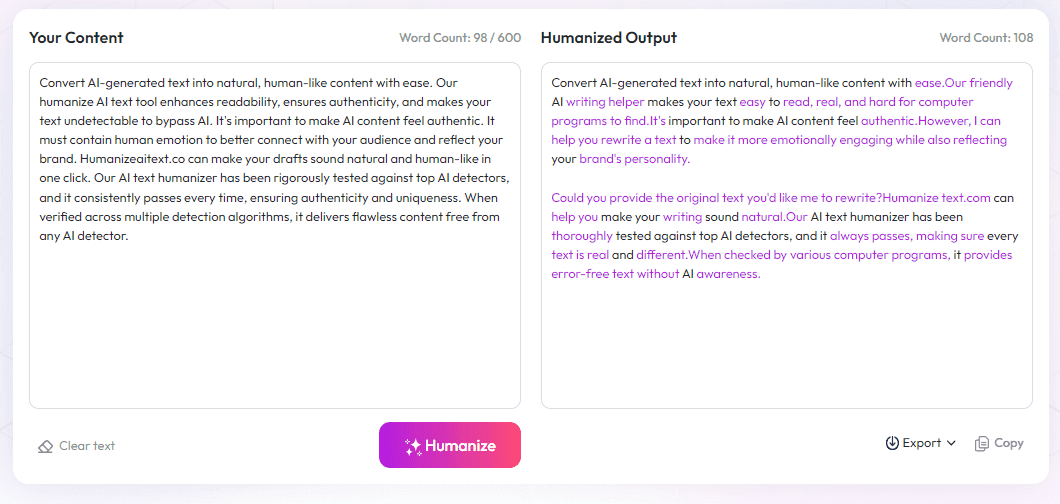Table of Contents
Many stories love to use spooky settings, mysterious characters, and forbidden love to keep us hooked. These are classic elements that make gothic romance so irresistible, with a touch of horror and passion. If you’re curious about what makes these stories tick and why they still captivate readers today, keep reading! I’ll give you a quick preview of the common tropes and what makes them so lasting.
Key Takeaways
Key Takeaways
- Gothic romance stories use spooky settings like old castles and foggy landscapes to create a tense, mysterious atmosphere that draws readers in.
- They feature brooding heroes with dark secrets and a troubled past, adding depth and intrigue.
- The heroines are often innocent but grow stronger over time, facing dangers and revealing inner resilience.
- Forbidden love, often finding obstacles in social norms or supernatural laws, makes the romance intense and compelling.
- Supernatural elements like ghosts and curses boost suspense and connect to characters’ inner struggles.
- Characters often experience mental strain, paranoia, or madness, adding psychological tension to the story.
- Villains hide behind facades, with family secrets gradually uncovered to build suspense and reveal character depths.
- Many stories include a story within a story, like diaries or letters, to deepen mystery and reveal hidden truths.
- Modern twists include stronger heroines, complex villains, and themes that connect with today’s issues, keeping stories fresh.
- These tropes remain popular because they mix familiar fears, love, and supernatural themes, creating a nostalgic yet exciting world that keeps readers hooked.

Gothic Romance Tropes
When it comes to gothic romance, certain themes and elements keep popping up because they create that perfect blend of mystery, emotion, and atmosphere that readers crave. These tropes aren’t just clichés; they’re the building blocks that make gothic romances so atmospheric and gripping. If you're thinking of writing your own gothic story or just want to understand what makes these tales so captivating, understanding these key tropes is essential.
1. Sinister Settings Create a Spooky Atmosphere
Few things set the tone quite like a gloomy, haunting setting. Gothic stories often unfold in creepy mansions, abandoned castles, or fog-covered landscapes that echo with secrets and past tragedies. These locations aren't just backdrops—they act as characters themselves, influencing mood and suspense. The eerie creak of ancient floorboards or the dark, winding corridors can make readers feel as if they’ve stepped right into a ghost story. To amp up the spookiness, use detailed descriptions of crumbling walls, locked doors, and shadowy corners. Think of the settings as the emotional pulse of your story—without them, gothic romance wouldn’t be quite as haunting.
2. The Brooding, Mysterious Hero
In every gothic romance, the hero often has a dark past or a secret he’s reluctant to reveal. These brooding figures are usually emotionally wounded or cursed in some way, adding layers of complexity. His mysterious aura draws the heroine—and the reader—into a web of intrigue. This hero isn’t just dark because of his appearance but because of hidden pain or guilt that keeps him at arm’s length. When creating such characters, give him a compelling flaw or secret that gradually unfolds, keeping the reader hooked.
3. The Innocent Yet Strong Heroine
The heroine in gothic romances is often portrayed as innocent or naive at first, but she’s resilient and grows stronger as the story unfolds. Her purity, sometimes contrasted with her courage, makes her all the more appealing. She might enter a sinister estate expecting adventure, only to find herself facing hidden dangers. Her moral strength—for example, her kindness or stubborn resolve—allows her to confront dark forces. Incorporate moments where she stands up against evil or uncovers truths, illustrating her evolution from vulnerability to empowerment.
4. Forbidden Love That Challenges Norms
At the heart of gothic romance is a love that’s often taboo or fraught with obstacles—like class differences, family curses, or even supernatural boundaries. This forbidden love heightens tension and keeps readers turning pages. Think of love that’s deemed sinful, dangerous, or impossible because of societal rules or mystical laws. The challenge isn’t just external; internal conflicts about morality and desire also play a big role. Building this tension makes the eventual union all the more satisfying—and often bittersweet.
5. Supernatural and Mysterious Elements
Gothic romances frequently include supernatural touches: ghosts, curses, ancient rituals, or mysterious apparitions. These elements add an extra layer of intrigue and fear. They’re not always straightforward; sometimes, what seems supernatural is rooted in past tragedies or psychological torment. For example, a haunting presence might symbolize inner guilt or unresolved trauma. Skillful use of supernatural hints keeps the suspense high and blurs the line between reality and the paranormal.
6. Psychological Tension and Madness
Fear and obsession often lead characters to question their sanity. The psychological aspect is key in gothic stories, with characters experiencing hallucinations, paranoia, or madness. This tension highlights the fragility of the mind under supernatural or emotional strain. Creating scenes that delve into a character’s mental state—perhaps a heroine hearing strange noises or a hero battling with inner demons—can elevate the story’s chilling tone and deepen emotional impact.

7. Dark Villains and Hidden Family Secrets
Gothic romances often feature villains who hide behind masks of civility or mystery, with their true evil revealed gradually.
These villains might be powerful figures, corrupt clergy, or cursed ancestors whose dark deeds haunt the present storyline.
Sometimes, their villainy is tied directly to secret family histories that surface as the plot unfolds, adding layers of complexity.
Uncovering family secrets not only drives the narrative forward but also deepens the heroine’s understanding of her identity and destiny.
Use clues, hidden letters, or ancestral portraits to slowly reveal these secrets, keeping readers hooked with suspense and surprises.
8. Frame Narratives and Hidden Stories
Many gothic romances utilize a story within a story, often through a diary, letter collection, or a storyteller’s narration.
This framing device creates a layered effect, making the reader feel like they’re uncovering secrets alongside the characters.
It also allows for different perspectives—such as a past narration contrasting with present events—adding depth and mystery.
Inserting a hidden manuscript or oral history can reveal truths about the mansion or the cursed family, which are vital to the plot’s resolution.
Balance the frame narrative so it complements the main story without overshadowing it, creating a seamless reading experience.
9. Modern Twists on Classic Tropes
Even while adhering to traditional gothic elements, contemporary writers often introduce modern perspectives or twist tropes for fresh appeal.
This might include stronger heroines who challenge norms or villains who are morally complex rather than outright evil.
Some stories incorporate themes of mental health, technological influences, or current social issues within the gothic framework.
Adding humor or satire can also make classic tropes more relatable to today’s readers, especially in the romantasy genre.
Experiment with these twists to stand out in a crowded market and attract readers who seek more than traditional gothic fare.
10. Why These Tropes Remain Popular
The familiarity of gothic tropes provides comfort, yet their inherent mysteries keep stories engaging.
They tap into universal fears and desires—such as the fear of the unknown, the allure of forbidden love, and the search for identity.
As sales statistics show, the demand for romantasy and gothic-inspired stories is soaring, with titles consistently hitting bestseller lists.
Modern readers enjoy the balance of tension, romance, and supernatural intrigue these tropes offer.
Plus, the timeless atmosphere of gothic settings and characters creates a story universe that feels both nostalgic and endlessly fascinating.
FAQs
Gothic stories often feature abandoned mansions, creepy castles, or eerie landscapes that create a spooky and unsettling atmosphere, enhancing feelings of suspense and mystery.
The Gothic hero is typically brooding, mysterious, and often tormented by inner conflicts, adding to the story's dark and suspenseful tone.
Forbidden love introduces tension and conflict, challenging social norms and adding drama, which are core elements that draw readers into Gothic romances.
Supernatural elements like ghosts and mysterious forces heighten suspense, evoke fear, and add an otherworldly dimension to the story’s atmosphere.



